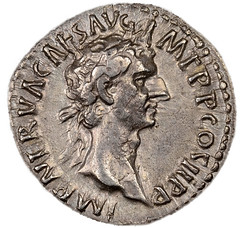



The populace much learned of a new Roman Emperor when coins appeared with the newly Emperor ‘s portrait. roman mints were dispersed widely across the Empire, and were sometimes used for propaganda purposes. This goddess became the personification of money, and her name was applied both to money and to its place of fabrication. The beginning of the news “ mint ” is ascribed to the manufacture of silver mint at Rome in 269 BC near the temple of Juno Moneta. The manufacture of coins in the Roman culture, dating from about the fourth century BC, significantly influenced by and by development of coin mint in Europe. Roman currentness diagnose survive today in many countries, such as the Arabic iranian dinar ( from the denarius coin ), the british syrian pound, and the mexican peso ( both translations of the Roman libra ). It served as a model for the currencies of the Muslim caliphates and the european states during the Middle Ages and the Modern Era. due to the economic power and longevity of the Roman state, Roman currency was wide used throughout western Eurasia and northerly Africa from classical times into the Middle Ages. This vogue continued into Byzantine times. celebrated examples of this followed the reforms of Diocletian. A dogged sport was the inflationary adulteration and replacement of coins over the centuries. From its insertion to the Republic, during the third hundred BC, well into Imperial times, Roman currentness saw many changes in human body, denomination, and constitution. Roman currency for most of Roman history consisted of gold, silver, bronze, orichalcum and copper coinage ( see : Roman metallurgy ).


 0 kommentar(er)
0 kommentar(er)
